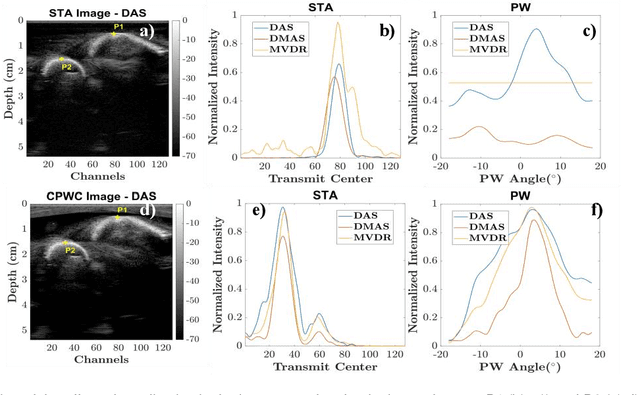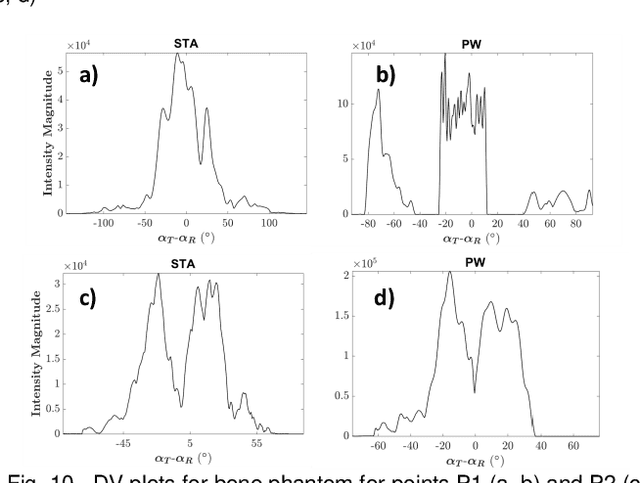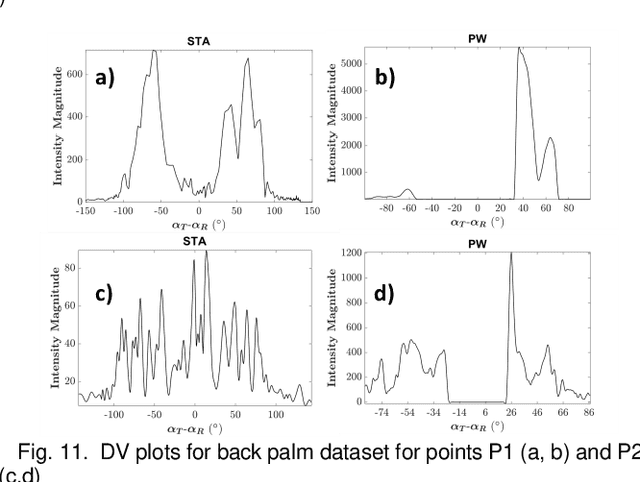Introducing Introspective Transmission for Reflection Characterization in High Frame-Rate Ultrasound Imaging
Paper and Code
Jul 16, 2021



In ultrasound imaging, most of the transmit and receive beamforming schemes assume a homogenous diffuse medium and are evaluated based on contrast, temporal and spatial resolutions. However, most medium are constituted by both diffuse and specular regions and the assumption of a homogeneous medium does not hold good in all cases. Eventhough, there are some adaptive beamforming approaches proposed in literature, they are mostly for receive beamforming. This study is aimed at investigating the relevance of transmission schemes in characterizing the diffuse and specular reflections, particularly at high frame rates. The transmit wavefront interaction behavior on the tissue interfaces for two high frame-rate transmission modalities, i.e. conventional synthetic transmit aperture imaging and multi-angle plane-wave imaging, are analyzed for multiple in-vitro and in-vivo radio-frequency datasets. Two novel visualization perspectives are proposed called contour isolines and directivity variance to understand the wave interaction with different tissue interfaces by considering the scalar and vector aspects of the reflected intensities respectively. We also rationalize the relevance of choosing the appropriate receive beamforming scheme according to the transmission modality through a comparison of delay and sum, filtered delay multiply and sum, minimum variance distortionless response, and specular beamforming algorithms. It is found that a synergistic blend of transmit and receive beamforming schemes adaptive to the tissue is inevitable to avoid any misdiagnosis.
 Add to Chrome
Add to Chrome Add to Firefox
Add to Firefox Add to Edge
Add to Edge